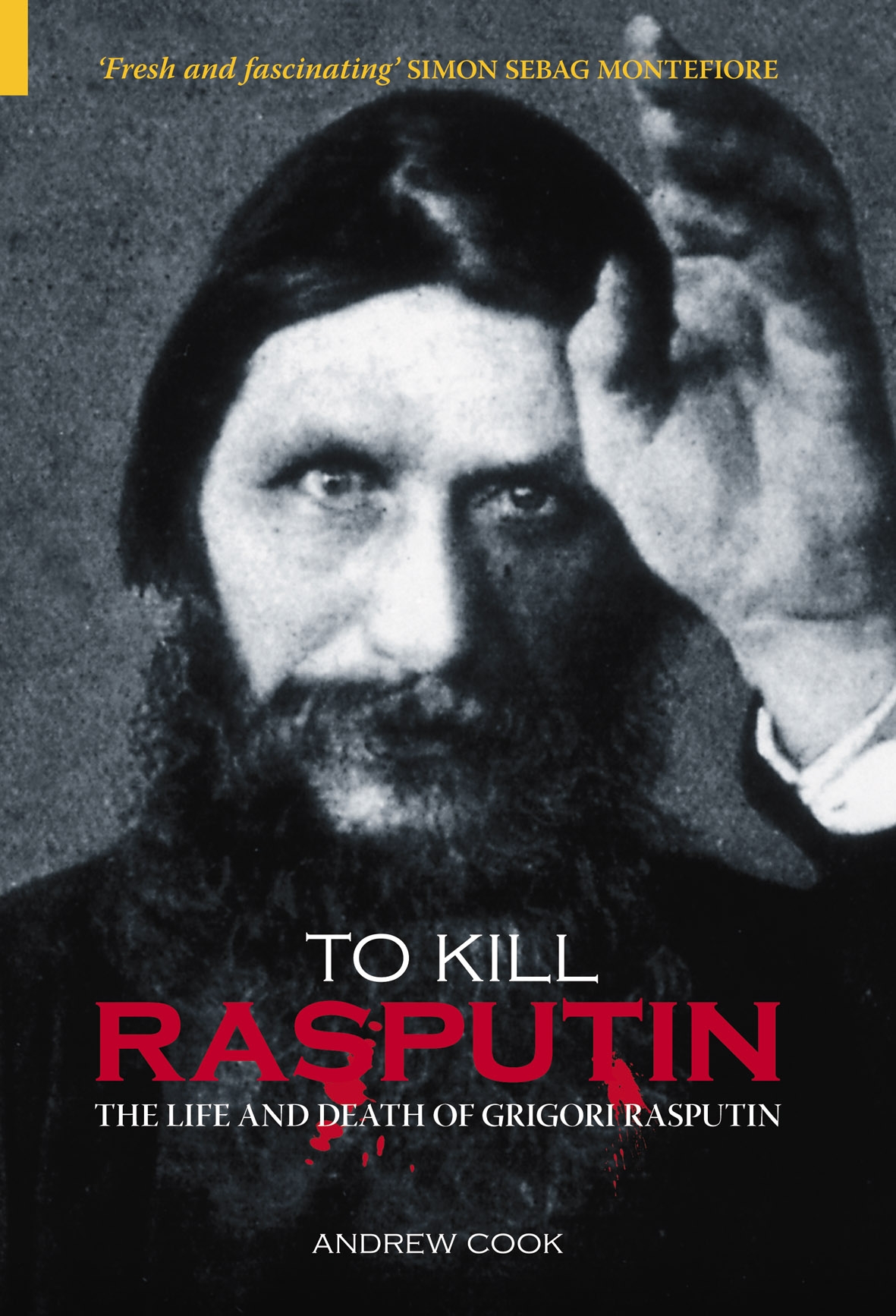
Books
Book of the month
Saturday by Ian McEwan
The No. 1 Bestseller
RRP £7.99 Our price 25% off
Saturday, February 15, 2003, Henry Perowne is a contented man - a successful neurosurgeon, the devoted husband of Rosalind and proud father of two grown-up children. Unusually he wakes before dawn, drawn to the window and filled with a growing unease. As he looks out at the night sky he is troubled by the state of the world - the impending war against Iraq, a gathering pessimism since 9/11, and a fear that his city and his happy family life are under threat.
Later, as Perowne makes his way through London streets filled with hundreds of thousands of anti-war protestors, a minor car accident brings him into a confrontation with Baxter, a fidgety, aggressive young man, on the edge of violence. To Perowne's professional eye, there appears to be something profoundly wrong with him. But it is not until Baxter makes a sudden appearance as the Perowne family gathers for a reunion that Henry's earlier fears seem about to be realised.'
Understanding Poststructuralism
James Williams
Acumen
ISBN 1-84465-033-2
Understanding Poststructuralism is a lucid guide to some of the most exciting and controversial ideas in contemporary thought. Structured around the key works of the movement's most important theorists, Foucault, Derrida, Kristeva, Lyotard and Deleuze, each chapter examines a central text, providing detailed summaries of the main points and a critical analysis of the core arguments.
Difficult ideas are clearly explained both in terms of their value to critical thinking and to contemporary issues. Poststructuralism's challenging methodology - deconstruction, libidinal economics, genealogy and transcendental empiricism - is illuminated by being examined in context. Although a sympathetic interpreter of poststructuralism, Williams is not dismissive of the criticism of analytic philosophers and he is able to provide a much needed balanced assessment of this philosophy.
The book offers an ideal introduction for students encountering poststructuralist ideas in philosophy, social and political theory, cultural studies, gender studies and in literary and art criticism.
James Williams is Reader in Philosophy at the University.
Uncovering the truth of the death of Rasputin

In the new book "To Kill Rasputin - The Life and Death and Grigori Rasputin", historical author Andrew Cook comes to the conclusion that the British Secret Service were behind the assassination of the "mad monk", who died in Russia 90 years ago.
Professor Derrick Pounder, head of the Department of Forensic Medicine, was commission by Mr Cook to undertake and independent review of the 1916 autopsy report, autopsy materials and photographs from Rasputin's death for the book.
Professor Pounder's conclusions helped shed new light on how Rasputin actually died, and debunk myths which have been accepted for nine decades. It had previously been stated that the murder of Rasputin on the night of 16-17 December 1916 had followed an extraordinary sequence of events - it was claimed that first he was poisoned, then shot and finally drowned in a frozen river by Russian aristocrats who feared his influence on Tsar Nicholas II and Tsarina Alexandra.
However, after studying the autopsy materials, Professor Pounder concluded that ballistics evidence linked a British Secret Service officer to the fatal shot fired into Rasputin's forehead. Professor Pounder also scotched the myth that Rasputin had drowned or had been poisoned.
"I was asked by the author to study the original autopsy pictures and from these it was clear that the fatal shot to the forehead had been fired from a different weapon to the weapon which caused the other two gunshot wounds to the chest and abdomen. The fatal shot had been fired by the largest calibre gun known to be present, and that was the one which was carried by a British agent," said Professor Pounder.
"The actual bullet used would have proved that beyond doubt, but it appears to have been removed by the British agent, ostensibly as a `souvenir', although we can assume he was taking with him the vital piece of evidence."
In writing the book, published by Tempus, the author undertook an exhaustive investigation that took him across Russia, Europe and into the heart of the British Secret Service archives.
Next Page
Return to February 2006 Contact

